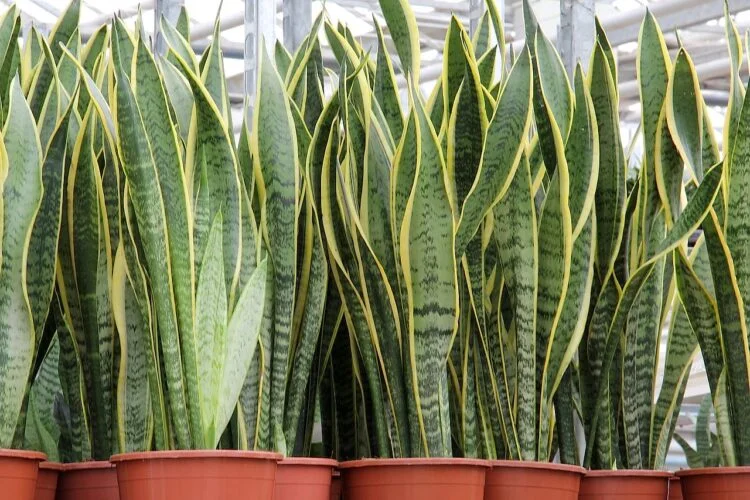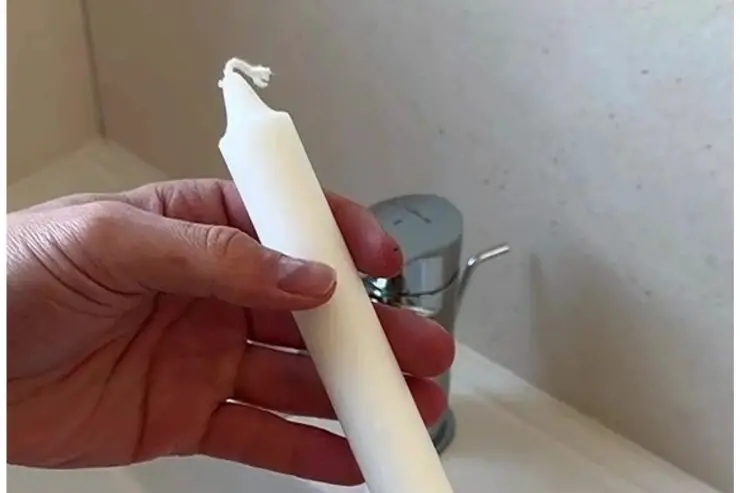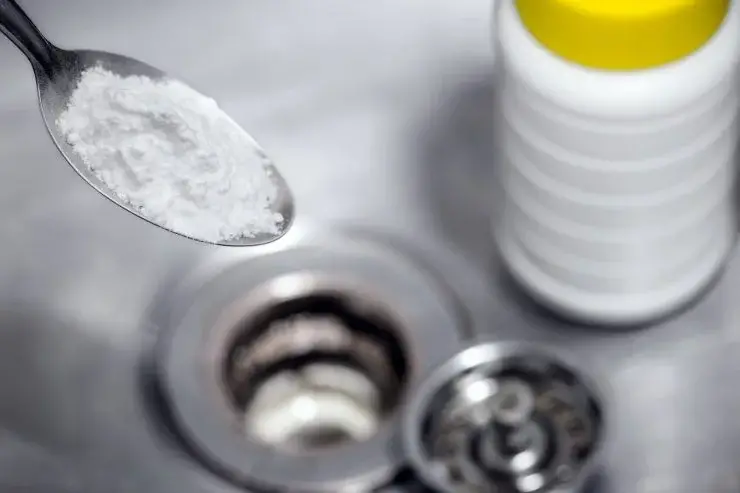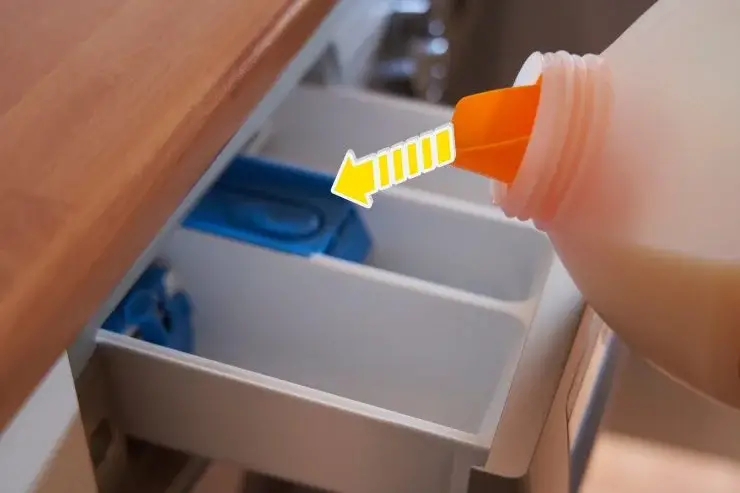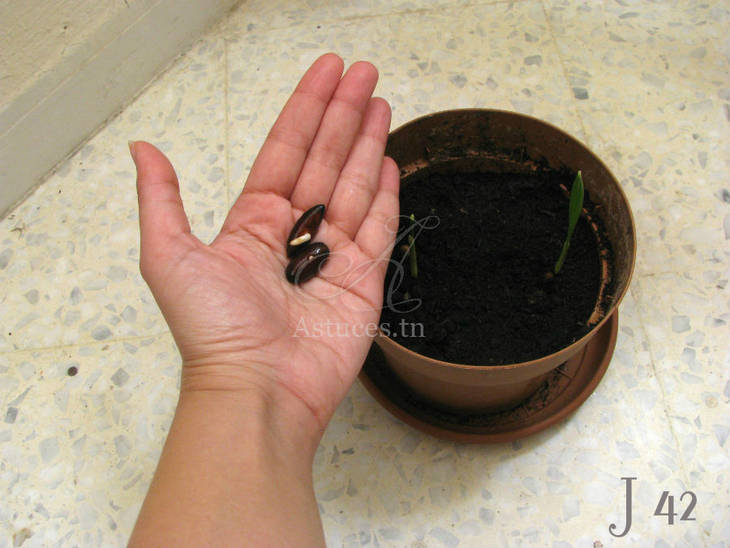HOW TO CARE FOR SANSEVIERIA
Its original name is Sansevieria , but everyone also knows it as Mother-in-Law’s Tongue or Snake Plant .
This name derives both from the characteristic shape of the plant, which seems to be made of tongues that go upwards, and from the fact that, even if you want, it is difficult to “get rid” of it.
It is, in fact, one of the most resistant plants that exist in the world, very suitable even for those who have very little skill and competence in taking care of plants.
But does mother-in-law’s tongue really need treatment?
The fact that it is very resistant does not mean that the mother-in-law’s tongue does not need some attention and care .
Let’s discover together how to have a beautiful, lush and healthy sansevieria , but above all how to multiply it by cutting .
Where to put sansevieria
Sansevieria adapts to practically any environment . Of course, its ideal temperature is between 10 and 25 °C , but it is not afraid of different temperatures (unless there is frost).
It is normally placed in the living room because its shape gives a certain elegance to the environment.
It grows best in indirect light . The ideal is near a window , but not on the windowsill, or in the corner of a room exposed to light .
Direct light shouldn’t damage it, but it may burn its leaves a little . This is why, if you decide to keep it outside , you must be careful to place it in a place where it is not exposed to direct sunlight .
The absence of light , however, could lead to a weakening of the plant which manifests itself with dark green leaves . You will also find general advice on how to care for sansevieria in this video :
Oh I forgot! If you like these Natural Tips I can send them to you every day directly on WHATSAPP! Subscribe to my channel! I am waiting for you!
How and when to water it
If you are wondering how to water sansevieria , know that it doesn’t need too much water . In summer , water only when the soil is very dry and do not pour too much water.
In autumn and winter , watering must be very rare, limited to when the soil is dry or when the plant seems a little dried up. In general , testing the ground is also useful for having it beautiful in every season .
Excess water can lead to rotting of the roots and, consequently, death.
Yellowing of the leaves can be a symptom of too frequent watering.
Which vase to choose
Always choose a medium -sized vase , preferably terracotta .
The leaves of the sansevieria are quite thick and heavy, so choose pots with a regular shape to prevent the plant from becoming unbalanced and falling.
Normally the pot remains suitable for your plant for a long time but, if the sansevieria grows too much , you will have to choose a larger pot to better accommodate its roots .
Here you will find a small guide to repotting sansevieria :
How to protect it from parasites
The fact that sansevieria is a strong and resistant plant does not exempt it from possible parasite infestations .
Its thick leaves are the favorite site of the mealybug . In case of infestation , you will have to act as soon as possible.
A classic remedy is to dilute some linseed oil (about 10ml) in a liter of water and spray the mixture on the sansevieria leaves using a nebulizer.
If this method doesn’t work, you can use Marseille soap , dissolving a few flakes in a liter of water and regularly spraying the mixture on the plant. If you have never tried it, in this video you will discover how to prepare a natural insecticide step by step, but with soft soap :
How to understand the sansevieria problem from the leaves
The leaves of the sansevieria are very double and stiff . For this reason, leaf problems are very evident and are easily recognisable .
If the leaves are drooping , it means that your plant is suffering.
The problem could be too much water, too little light, an infestation of some parasite or compression of the roots by the pot.
If, however, they are dry and shriveled , it means that your plant is being watered too little.
Finally, if their color is altered , it means that there is a problem with watering which may be excessive or too little.
How to multiply it by cutting
Has the sansevieria grown a lot and do you want to grow a new plant from it ? The best solution is multiplication by cuttings .
The procedure, in the case of sansevieria , is really very simple.
Simply take a leaf and cut it into portions of approximately 5 cm each with a previously disinfected cutter .
Leave portions of the leaf to rest for a week, so that the cuts heal. Then, it’s time to plant them.
At this point, bury the portions of leaves halfway, taking into account the direction of growth .
Do not place more than 4/5 portions of leaves per pot and place everything in a bright place, but not in direct sunlight, to encourage rapid development of a new plant.
To help you with multiplication there is a video on the subject:
Curiosities about Sansevieria
Maybe you don’t know this curiosity about sansevieria : it is an air-purifying plant .
Kept at home, in fact, it is able to purify the air from some pollutants such as formaldehyde, nitrogen oxide and fine dust.
This is why it is often preferred to keep it at home, even in the bedroom, precisely to exploit its properties and have purer air .
How to water mother-in-law’s tongue?
Mother-in-law’s tongue is a plant that needs little water. Water it only when the soil in the pot is excessively dry but absolutely avoid wetting it too much or creating water stagnation because this would cause the formation of mold and cause the roots to rot
Where to place mother-in-law’s tongue?
Mother-in-law’s tongue or sansevieria is a very resistant plant that adapts to any room in the house or apartment. It loves light but does not tolerate very strong direct light, so it is better to avoid balconies or place it in front of a window. Better in this case to use a tent
How to repot mother-in-law’s tongue?
Repotting should be done in spring and a very tall pot should be chosen filled with a mixed soil including sand and gravel, and a nice layer of draining expanded clay on the bottom to promote drainage and avoid water stagnation
When does mother-in-law’s tongue bloom?
The sansevieria flowers in autumn or winter but it is very rare for it to flower in an apartment
What fertilizer to use for mother-in-law’s tongue?
Balanced: use classic fertilizer for houseplants or cactus plants. The optimal quantity is to fertilize approximately every three weeks with liquid fertilizer
